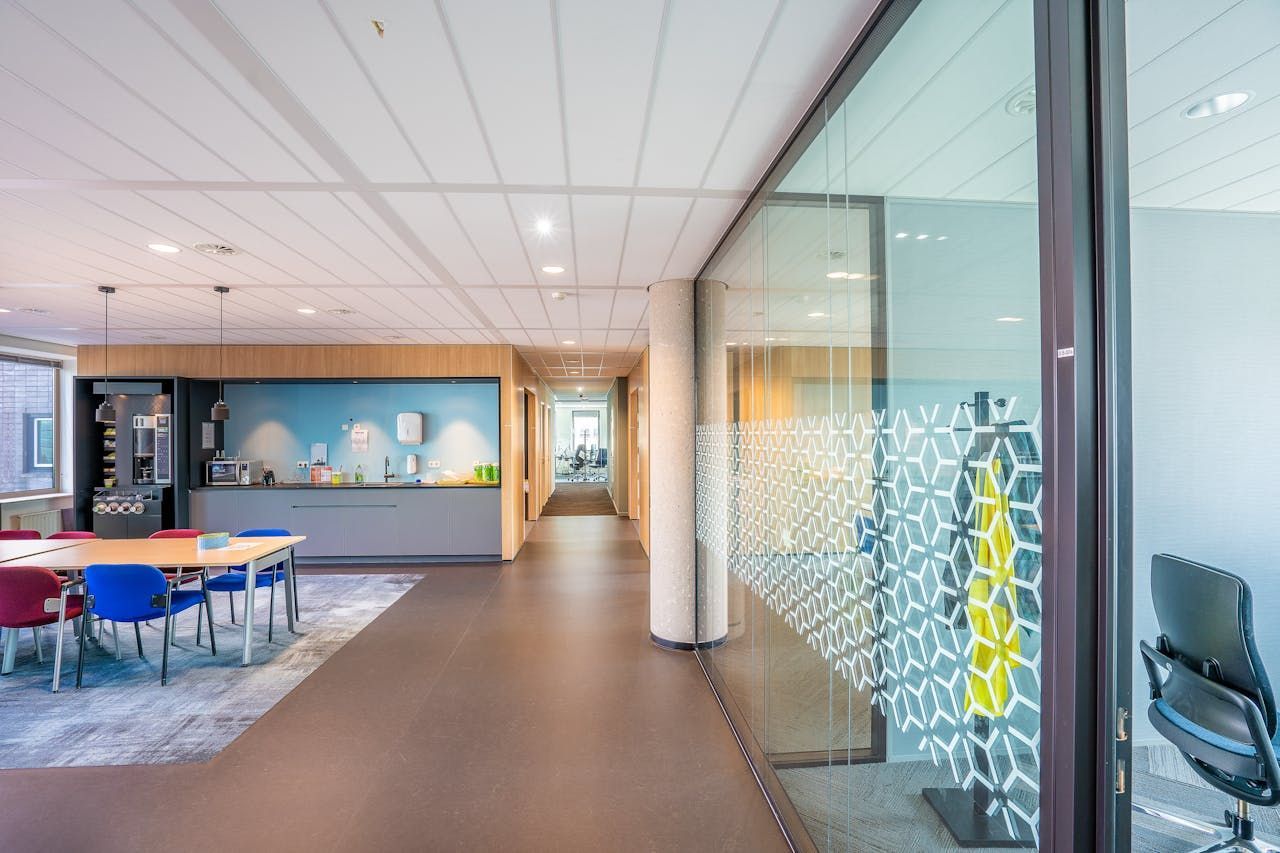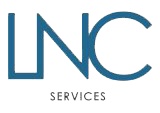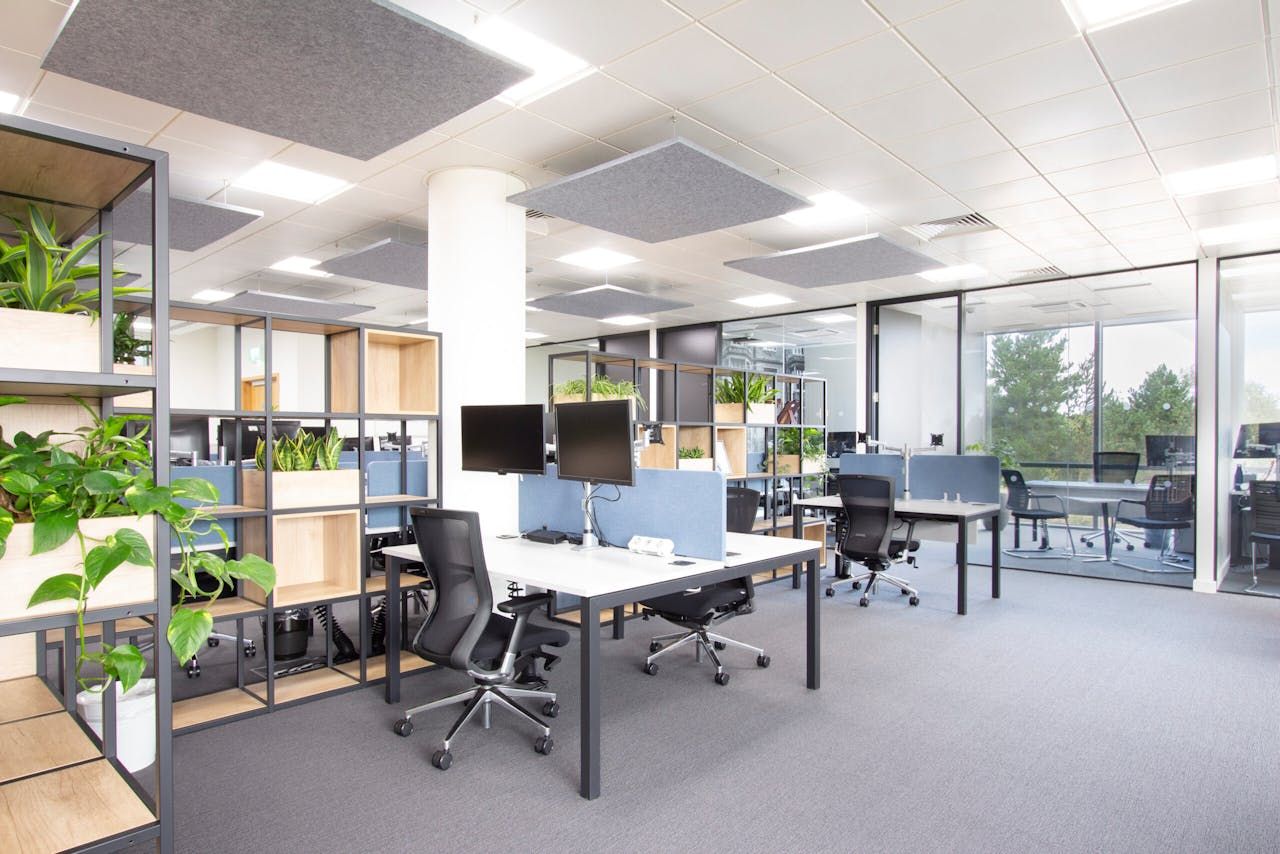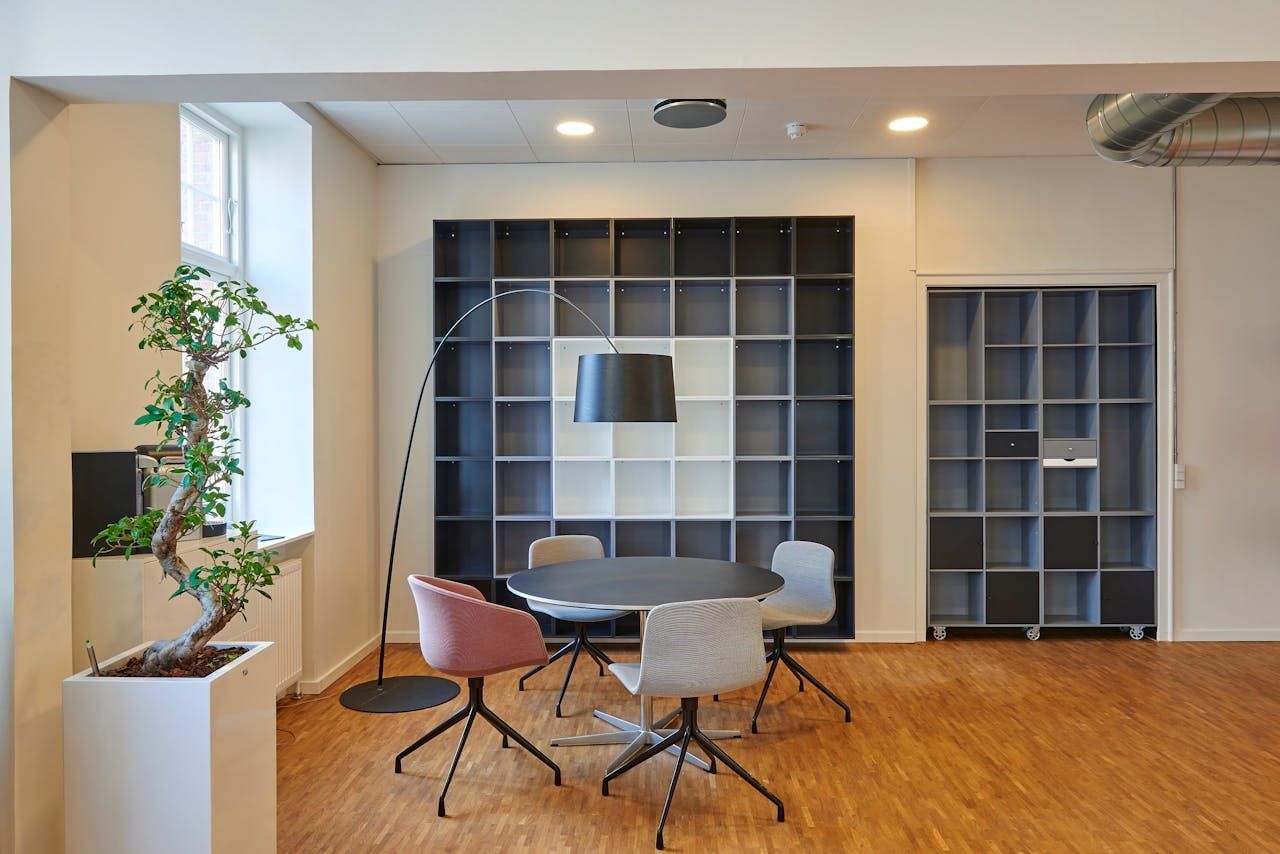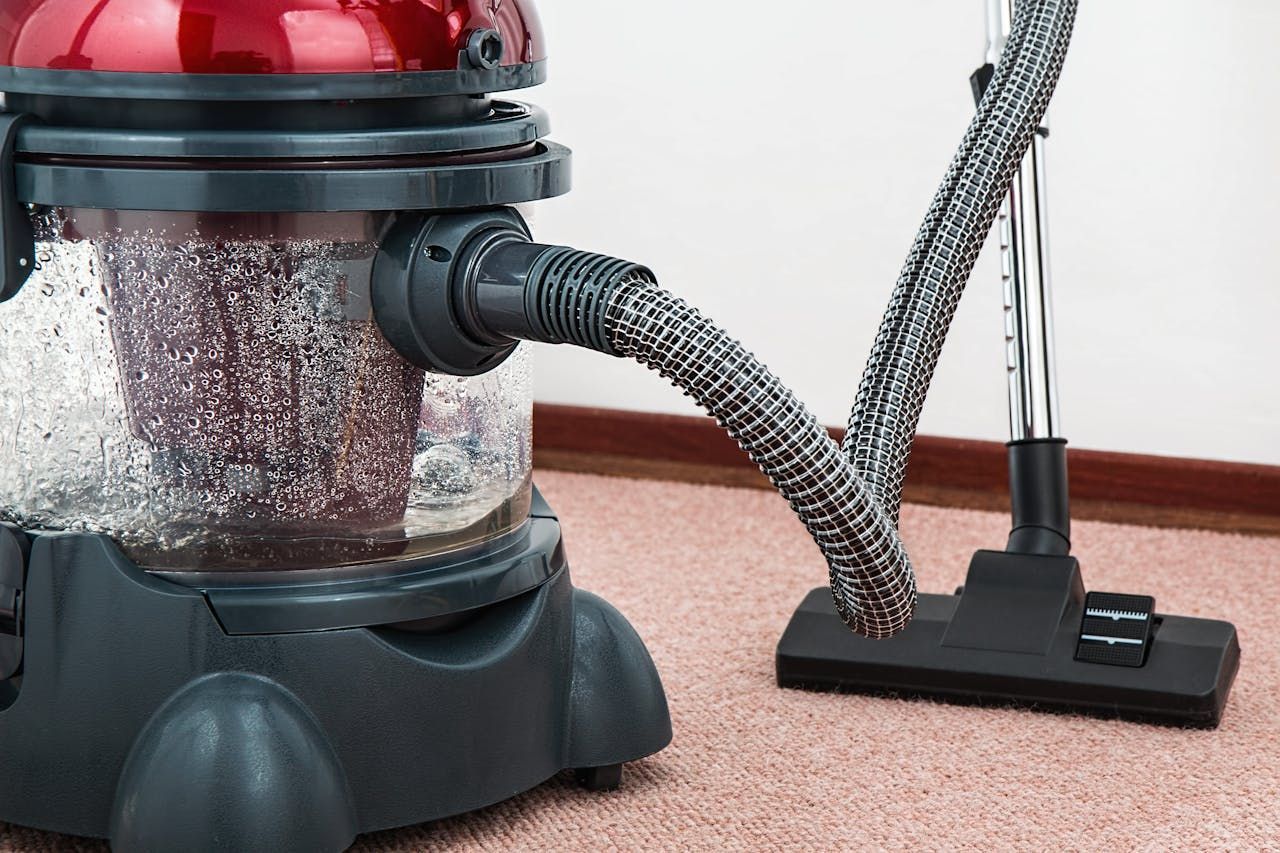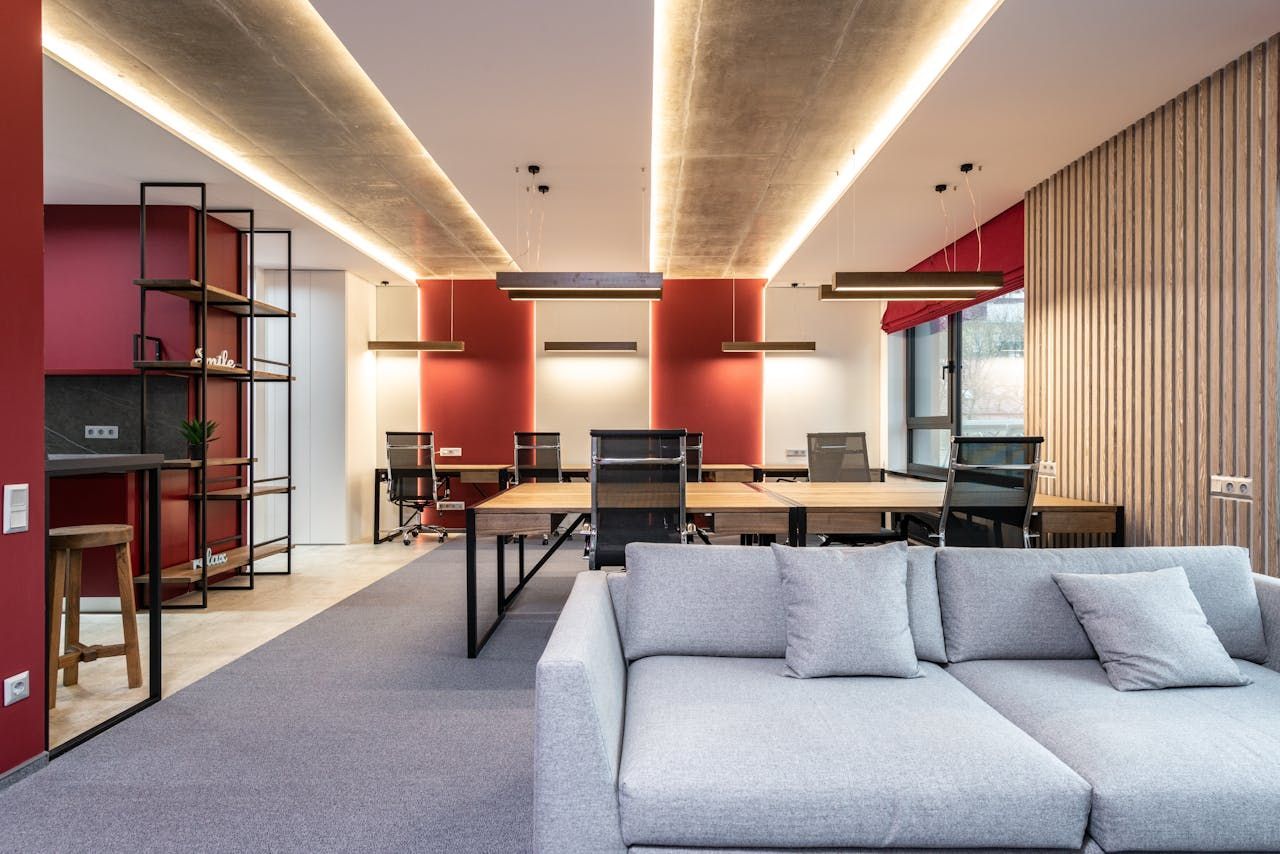Compliance and Regulations:
A Facilities Manager's Checklist
Being a Facilities Manager (FM) involves a number of very different aspects, from budgeting to building safety, but one thing that is essential across all a facilities manager’s remit is compliance.
Compliance is at the core of a company’s good practice and falls onto the shoulders of the FM. There’s a lot to know across multiple areas, and it’s important to get it right - and not to forget any of it.
A checklist of what needs to be considered can make it easier.
What is Regulatory Compliance?
There are multiple regulations that govern facilities management, from several different agencies including:
- The Health and Safety Executive
- The Environment Agency
- The Equality and Human Rights Commission
These government agencies are all working with a core idea; to make the workplace safer and people’s lives safer and better. Regulations that affect facilities management include:
- The Workplace (Health, Safety and Welfare) Regulations 1992
- The Building Regulations 2010
- The Environmental Protection Act 1990
- The Equality Act 2010
It is important for a facilities manager to create and document standard operating procedures (SOPs) that detail how work is undertaken to ensure compliance. Regular compliance assessments and audits of SOPs are crucial for ensuring that facilities managers are meeting their regulatory obligations.
What Happens if You Are Not Compliant?
As a facilities manager, you have a duty of care to those who use the buildings and workplaces that you manage. Ignoring or failing to comply with regulations puts everyone at risk - and putting your colleagues in danger should never be considered acceptable.
Of course, as compliance is a legal requirement, failing in this job also results in legal sanctions. Companies that fail to be compliant are fined, with repeat problems resulting in more serious consequences, including the ultimate dissolution of the company and potential jail time for those involved.
It is generally accepted that the cost of avoiding compliance is at least twice as high than simply following compliance efficiently - and that’s without considering the knock on effects of the damage to your reputation.
Risks of Non-Compliance in Brief
- Accident and injury to those using the premises
- Fines
- More serious legal consequences
- Damage to reputation
- Loss of income
- Job losses
- Dissolution of company
The Compliance Checklist
Building your compliance checklist must be specific to your business, taking into account the sector and the areas that are of importance to you. To help you get started, consider the following broad areas:
Health and Safety Compliance
Health and safety is essential for the wellbeing of your staff, your guests, and members of the public.
For each of the areas, ensure you undertake a full risk assessment, identifying potential hazards and putting appropriate safety measures in place.
Areas to cover:
- Workplace environment - heating and air conditioning, cleanliness, trip hazards
- Fire - alarm system, evacuation plans, fire prevention
- Electrical - PAT testing, wiring checks
- Hazardous and dangerous substances - PPE, handling of chemicals
- Ergonomics - equipment provided, following display screen equipment regulations
- Emergency response - accident procedure, evacuation process, terrorism plans
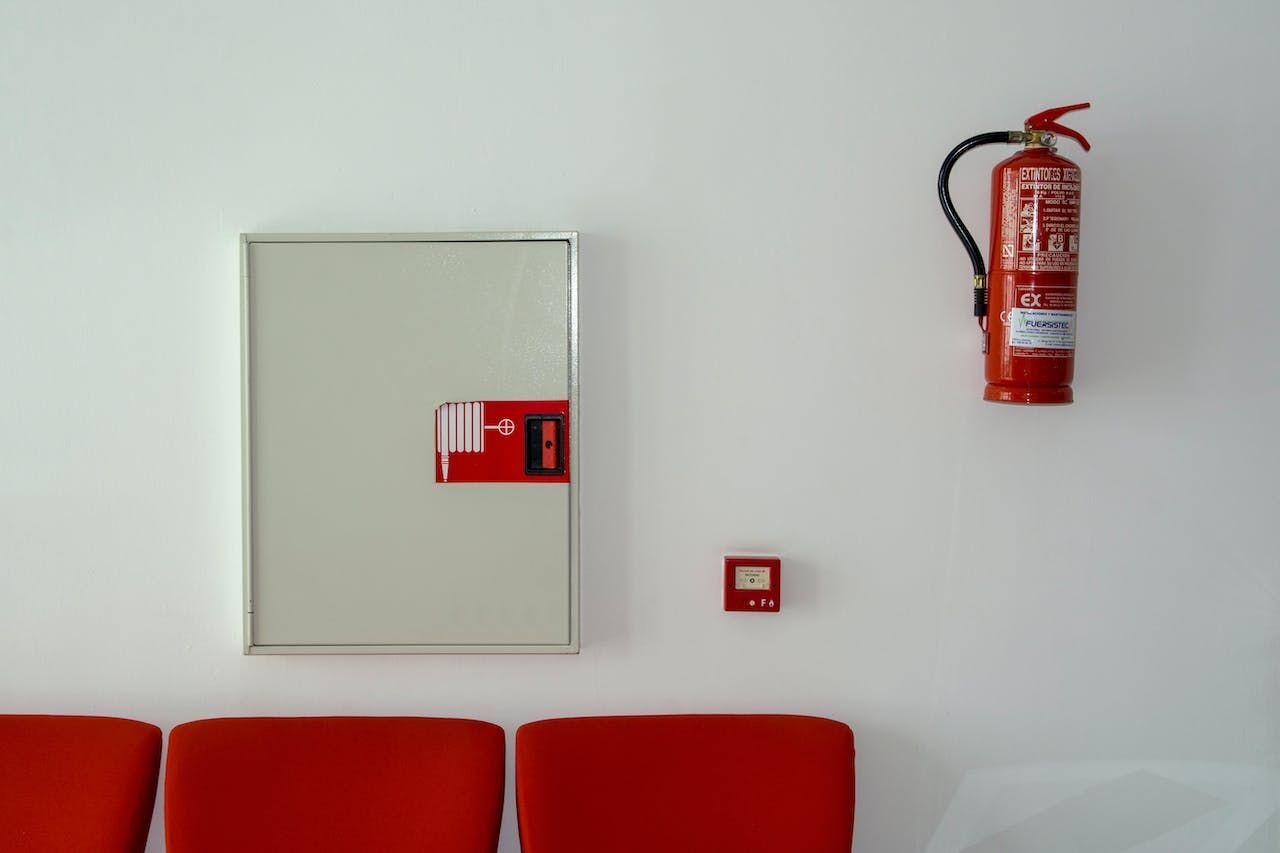
Data Security and Privacy
Preventing sensitive data from being misused or accessed by unauthorised parties is an essential aspect of all businesses today. Consider:
- UK GDPR
- Passwords and access control
- Employee training regarding data security and best practices
- Data backups and cloud security
- Encryption
- Security audits
- Action plan in the case of a data security breach
Sustainability and Environment
Your business’s consideration of the environment is paramount and is governed by the Environmental Protection Act. Pay attention to:
- Energy efficiency - A constant consideration especially in a world of continuously rising business energy costs. Consider your building insulation, equipment efficiency, ventilation, automation and more.
- Air quality - It is essential that the air is free from pollutants and other hazards, such as dust. Maintaining clean air quality is also an aspect of the Health and Safety regulations and failing on this front can show a lack of compliance in multiple areas.
- Waste management - Whether or not your company creates specialist or hazardous waste, waste management is an essential part of facilities management, right down to daily recycling.
- Reduction in single-use plastics - An essential part of environmental responsibility. With the global damage caused by single-use plastics, regulations on this matter continue to tighten.
Compliance Assistance with LNC Services
Compliance and regulations are an essential part of the role of a facilities manager in the UK. By implementing a comprehensive compliance checklist and adopting a risk-based approach, you can effectively manage compliance and ensure the safety and well-being of everyone on your premises.
While we at LNC Services don’t pretend to be specialists on the whole wide spread of facilities management compliance, we can help where we are. When it comes to your building environment, maintenance and cleanliness, we can offer a comprehensive array of services to ensure you are fully compliant with all UK laws. Why not speak to us today?
